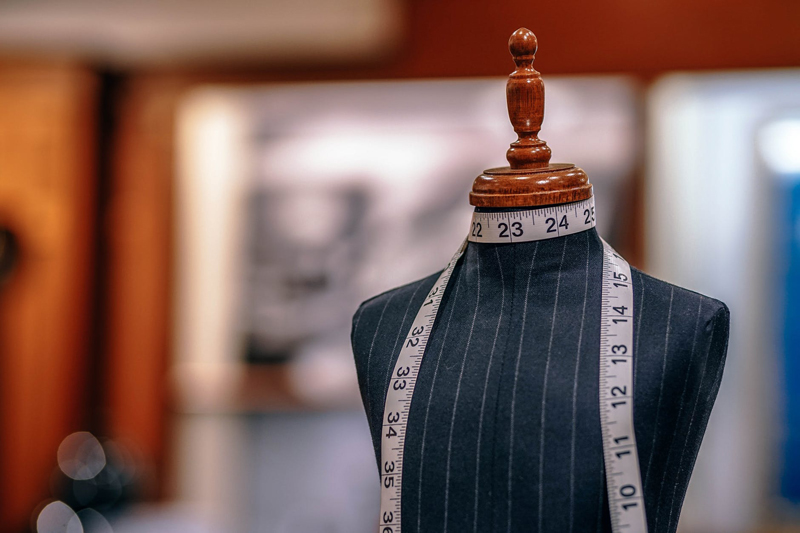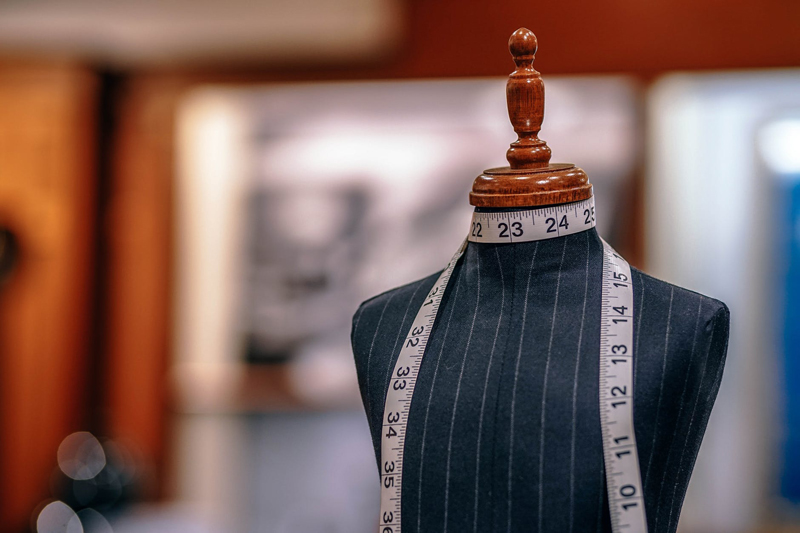Cultural Appropriation in Fashion

Fashion crosses borders and is kind of what unifies humanity. Every society has a type of clothing that is unique to them. Cultural fashion expresses norms and even beliefs. What then is to be said for outsiders wearing cultural attire? Is it a form of flattery or simply exploitation?
The question arises when:
• White women dress in African garb or wear their hair in braids
• Black women have long, straight weaves and.or blonde hair
• Americans drape themselves in kimonos
Arguably so, all of these examples may cause some concern.
For instance, kimonos have etched their way in American fashion. Department stores like H&M and Forever 21 carried these styles for several seasons. Girls of all races flocked to purchase a version of this traditional Japanese robing. There was no commotion from the press, as this was not breaking news; simply another passing trend. Would there have been uproar if indigenous Japanese attire was up for sale? Would it then be offensive?
America is the Land of the Free and fashion follows that liberty of expression. We claim to be a salad bowl of cultures (commonly mistermed as a melting pot in attempts to describe the cohesion of nations). So, when we wear a kimono or perhaps, a Dashiki, is this simply the power of choice or does it have meaning at all?
There was indeed controversy when former NAACP leader of the Spokane chapter Rachel Dolezal, identified as black, wearing braids and having tanned skin. She did so for many years, amidst her biological parents' claim that she was white. Dolezal was asked to step down from her position because of this false assumption of identity. There was backlash all over social media, mainly from the black community, accusing her of appropriating black culture. People were not at all amused or flattered, to say the least.
When is it ok to adopt cultural dress? Should the wearer ask for permission? Should Americans seek approval before adorning themselves in head wraps, Kufis or Kente cloth? Are these even legitimate questions?
Some people may uphold the rule of appreciating cultures without stealing their identity, as in imperialism. Others might just focus on the freedom of expression without regarding the history of native pieces. The key is to respect boundaries. There is a fine line between admiration and exploitation; also being sacred to religious dress. Admiration is having a pleasure in someone for something, while exploitation uses this pleasure for profit or personal gain.
Putting religion aside for now, it can be said to choose wisely when wearing your next tribal print garment because some natives may find it offensive. But, in the understanding that fashion adopts global styles as artistic freedom, what is the rule of caution?
We may never know.
The question arises when:
• White women dress in African garb or wear their hair in braids
• Black women have long, straight weaves and.or blonde hair
• Americans drape themselves in kimonos
Arguably so, all of these examples may cause some concern.
For instance, kimonos have etched their way in American fashion. Department stores like H&M and Forever 21 carried these styles for several seasons. Girls of all races flocked to purchase a version of this traditional Japanese robing. There was no commotion from the press, as this was not breaking news; simply another passing trend. Would there have been uproar if indigenous Japanese attire was up for sale? Would it then be offensive?
America is the Land of the Free and fashion follows that liberty of expression. We claim to be a salad bowl of cultures (commonly mistermed as a melting pot in attempts to describe the cohesion of nations). So, when we wear a kimono or perhaps, a Dashiki, is this simply the power of choice or does it have meaning at all?
There was indeed controversy when former NAACP leader of the Spokane chapter Rachel Dolezal, identified as black, wearing braids and having tanned skin. She did so for many years, amidst her biological parents' claim that she was white. Dolezal was asked to step down from her position because of this false assumption of identity. There was backlash all over social media, mainly from the black community, accusing her of appropriating black culture. People were not at all amused or flattered, to say the least.
When is it ok to adopt cultural dress? Should the wearer ask for permission? Should Americans seek approval before adorning themselves in head wraps, Kufis or Kente cloth? Are these even legitimate questions?
Some people may uphold the rule of appreciating cultures without stealing their identity, as in imperialism. Others might just focus on the freedom of expression without regarding the history of native pieces. The key is to respect boundaries. There is a fine line between admiration and exploitation; also being sacred to religious dress. Admiration is having a pleasure in someone for something, while exploitation uses this pleasure for profit or personal gain.
Putting religion aside for now, it can be said to choose wisely when wearing your next tribal print garment because some natives may find it offensive. But, in the understanding that fashion adopts global styles as artistic freedom, what is the rule of caution?
We may never know.

Related Articles
Editor's Picks Articles
Top Ten Articles
Previous Features
Site Map
Content copyright © 2023 by LaTeisha Clément. All rights reserved.
This content was written by LaTeisha Clément. If you wish to use this content in any manner, you need written permission. Contact LaTeisha Clément for details.



